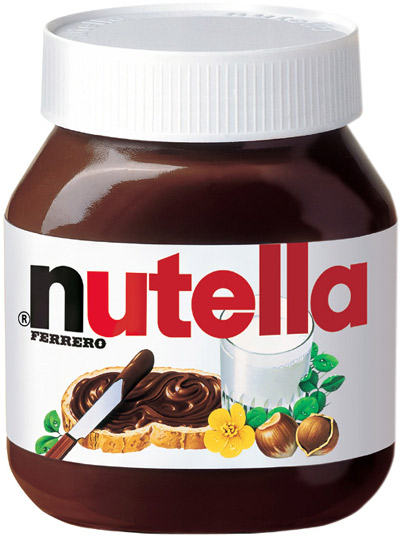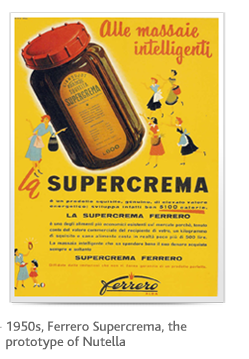Rapini, aka rabe + broccoli di rabe is a wonderful edible bouquet of florets and a great source of antioxidants vitamins A, C, as well as calcium, iron + potassium. The green buds of rabe, with broccoli-like characteristics is from the cabbage family. The edible yellow flowers with turnip-like foliage have a slightly bitter earthy flavor, and ideal compliments to garlic + peperoncino, when sautéed in olive oil.
Rabe is not to be limited to just Italian pastas or Asian style preparations; consider adding this cooked vegetable to sandwiches, salads, and soups. Here's a popular stew recipe from my TV series that is ideal dish during chilly weather.

Broccoli Rabe & Sausage Stew
Recipe by Chef George Hirsch | George Hirsch Living it UP! TV series
1 Tablespoon extra virgin olive oil
4 links Italian Sausage
1 cup sweet onion, chopped
1 each Red Pepper, cut into small pieces
8 cloves caramelized garlic
1 cup Broccoli Rabe flowers, cut into small pieces
1 cup Broccoli Rabe stems, peeled, chopped
8 cups chicken or vegetable broth
1 cup Red New Potatoes, scrubbed skin on, cut into 1/4 inch slices
Fresh ground black pepper
Grated Parmesan, cheese to taste
Pepperoncini, to taste
Pre heat a medium soup or stew pot to medium temperature.
Add olive oil and sausage, cook for several minutes turning sausage after each side browns. Add onion, garlic, red pepper and cook for 2-3 minutes until onion become tender. Pour in broth and bring to a boil. Lower to a simmer and add broccoli rape and potatoes. Simmer sausage for 4-5 minutes, remove sausage from stew and allow to cool. Slice sausage and return to stew. Simmer until potatoes are tender and season with pepper, Parmesan cheese, and pepperoncini to taste.
Tip: Grill sausage in place of searing in soup pot for an additional smoky flavor.







